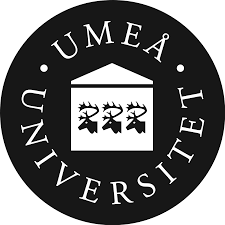



PlasmoGEM vectors are made by recombineering and each vector design is associated with a recombineering primer pair (RecUp and RecDown) with each primer consisting of:
There are also a set of diagnostic or quality control primers for each construct: QCR1 (quality control R1):
Verification of insertion of the hdhfr/yfcu selection cassette into the correct location (modified target locus) of your vector can be done by using a combination of the QCR2 and GW2 primers.
QCR2 and GW2 can be used to verify your vector by PCR and to detect the integrated and unintegrated vector in your transfectant parasite population.
For genotyping by long-range PCR, the gene specific GT primer can be used together with the generic primer GW2 or GW1 (integration PCR), depending on positioning and direction of the GT primer.
GW1 and GW2 are static (do not depend on individual design). Their sequences are:
All PlasmoGEM vectors are equipped with an 11 bp unique molecular barcode that can be used to identify and quantify parasites in a mixed pool of mutants by barcode sequencing (barseq).
The 11 bp variable barcode can be amplified by the barcode amplicon (BA) primer pair:
Sequencing libraries from pools of barcoded mutants can be generated by a nested PCR approach using the method described in Gomes et al. 2015 with PCR primer sequences also being available as an Excel file here